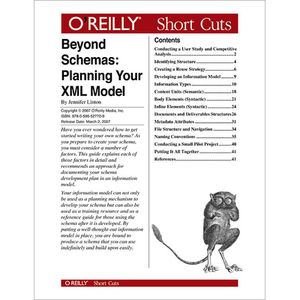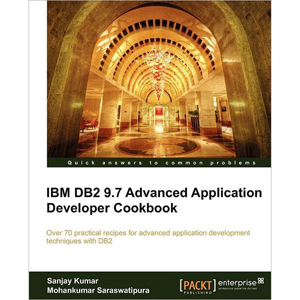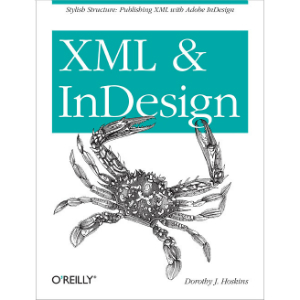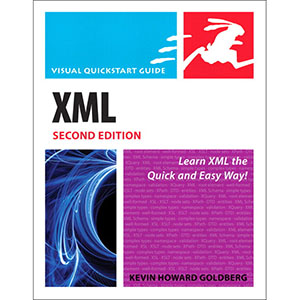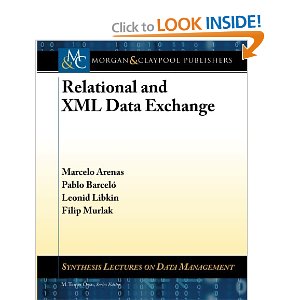Beginning XML, 5th Edition
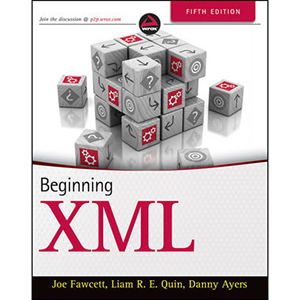
A complete update covering the many advances to the XML language
The XML language has become the standard for writing documents on the Internet and is constantly improving and evolving. This new edition covers all the many new XML-based technologies that have appeared since the previous edition four years ago, providing you with an up-to-date introductory guide and reference. Packed with real-world code examples, best practices, and in-depth coverage of the most important and relevant topics, this authoritative resource explores both the advantages and disadvantages of XML and addresses the most current standards and uses of XML.
- Features the most updated content built on audience feedback from the previous edition as well as the vast knowledge from XML developer teams
- Boasts new chapters on RELAX NG and Schematron, XML functionality in databases, LINQ to XML, Jabber and XMLPP, XHTML, HTML5, and more
- Offers in-depth coverage on extracting data from XML and updated material on Web Services
Beginning XML, Fifth Edition delivers the most important aspects of XML in regard to what it is, how it works, what technologies surround it, and how it can best be used in a variety of situations.
From the Back Cover
Dive into the key aspects of XML to deliver data on the web
From simple data transfers to providing multi-channeled content, there’s so much you can do with XML and this guide will get you started. It walks you through everything you need to know about this powerful language, including what it is, how it works, what technologies accompany it, and how you can apply it. You’ll quickly discover how to manipulate XML documents, store XML in databases, extract data, utilize web services, and even use it for web page and image display. With the help of a case study, you’ll even learn how to apply this information to give your programming a boost.
Beginning XML, 5th Edition
- Covers the goals of XML and the rules for constructing it
- Explores different techniques that help you verify that the XML is in the correct format
- Shows how to work with XQuery to create new XML documents and query existing data
- Explains how to retrieve data using DOM, XPath, and LINQ to XML
- Examines programming techniques specifically designed to cope with large documents
- Details how to present data for use by different systems
- Demonstrates a realistic XML pipeline used in a publishing business
Table of Contents
Part I: Introducing XML
Chapter 1. What is XML?
Chapter 2. Well-Formed XML
Chapter 3. XML Namespaces
Part II: Validation
Chapter 4. Document Type Definitions
Chapter 5. XML Schemas
Chapter 6. Relax NG and Schematron
Part III: Processing
Chapter 7. Extracting Data From XML
Chapter 8. XSLT
Part IV: Databases
Chapter 9. XQUERY
Chapter 10. XML and Databases
Part V: Programming
Chapter 11. Event-Driven Programming
Chapter 12. LINQ to XML
Part VI: Communication
Chapter 13. RSS, ATOM, and Content Syndication
Chapter 14. WEB Services
Chapter 15. SOAP and WSDL
Chapter 16. AJAX
Part VII: Display
Chapter 17. XHTML and HTML 5
Chapter 18. Scalable Vector Graphics (SVG)
Part VIII: Case Study
Chapter 19. Case Study: XML in Publishing
Appendix A. Answers to Exercises
Appendix B. XPath Functions
Appendix C. XML Schema Data Types
Book Details
- Paperback: 864 pages
- Publisher: Wrox; 5th Edition (July 2012)
- Language: English
- ISBN-10: 1118162137
- ISBN-13: 978-1118162132
